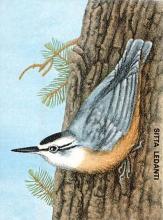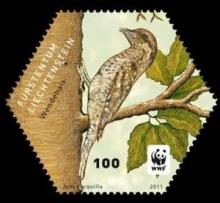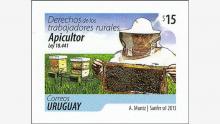The Yellow-Breasted Bunting is on the verge of extinction
The yellow-breasted bunting (Emberiza aureola), a once common migratory bird, has been driven to the brink of extinction in recent years. The species was reclassified as“critically endangered” on the red list of threatened species by the International Union for Conservation of Nature on Tuesday. The status is one step from the highest level of“extinct in the wild”. Back in 2000, the species was listed under“least concern”, the lowest level on the six-grade alert system.










